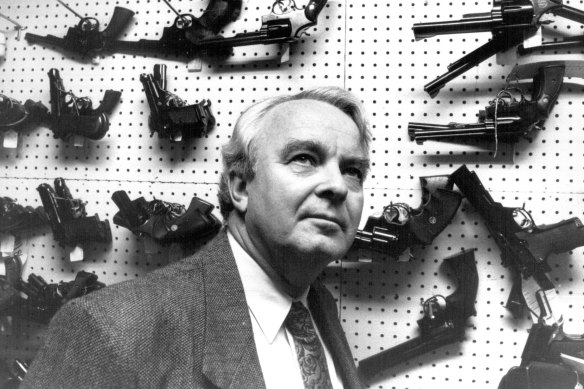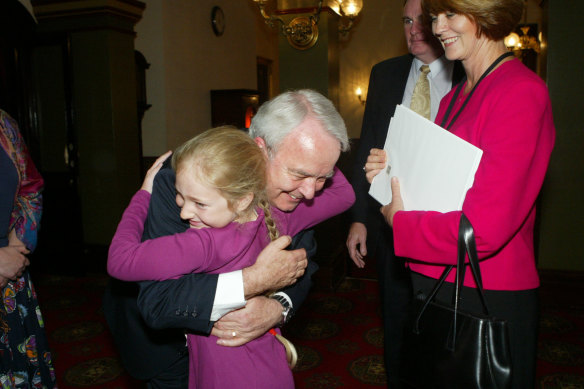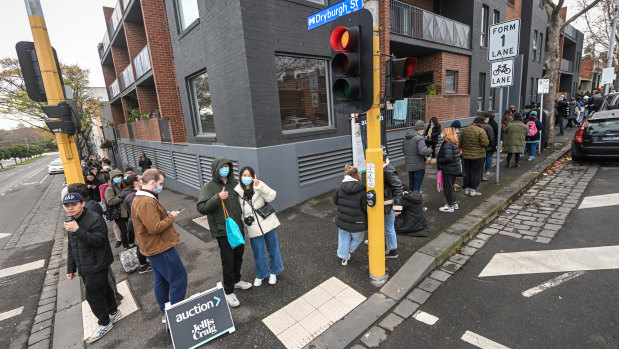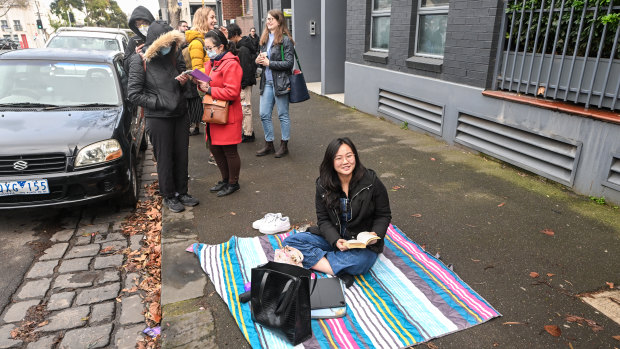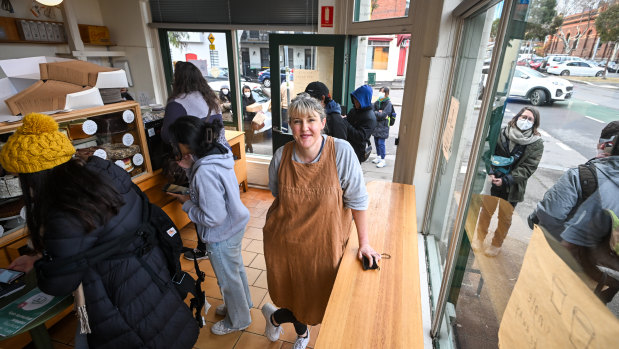The Nadesalingam family are living a “very happy life” in Biloela, just under two months after their return to the town.
Key points:
- The Nadesalingam family has settled back into Biloela after returning home in June
- Priya is learning how to drive and Nades is back working at the meatworks
- The girls are back at school and say they are loving it
The four members of the Tamil asylum seeker family were on Friday granted permanent residency visas, bringing to an end their four-and-half-year immigration order.
“My girls’ life is safe,” mum Priya Nadaraja said.
“[We’re] feeling very happy.”
Priya, her husband Nades Murugappan and their daughters Kopika and Tharnicaa have been living in Biloela, in regional Queensland, since June after the new Labor government granted them bridging visas.
The family previously spent four years in immigration detention after Priya’s visa expired in 2018 and both she and her husband’s claims for refugee status were rejected by the former Coalition government.
“A long journey, four and a half years… hard life,” Priya said.
Priya said she and Nades were thankful to all of their supporters and friends, and to the federal government for the visas.
Nades has returned to work at the Biloela meatworks, where he worked before the family was taken away by immigration officials in 2018. The couple is also looking to start up a food van.
Priya is also learning how to drive.
“I’m good. Got confidence quickly,” she said.
She said the girls were back at school and loving it.
“I like learning because we get to learn maths and we get to be much more smarter,” Kopika said.
For Tharnicaa, seeing her friends was her favorite part about going to school.
The decision by Immigration Minister Andrew Giles to grant the family permanent residence visas has opened up a war of words between the government and opposition.
Mr Giles said the decision followed “careful consideration” of the family’s “complex and specific circumstances”.
“This government made a commitment before the election that, if elected, we would allow the family to return to Biloela and resolve the family’s immigration status,” he said on Friday.
But Shadow Home Affairs Minister Karen Andrews said the decision to give the family a permanent visa undermined the immigration policies of past Coalition governments.
“Actions have consequences and this sets a high-profile precedent,” she said.
“It undermines the policy that if you come here illegally you will never settle in Australia.”
Banana Shire Mayor Nev Ferrier hopes this decision is the end of the family’s ordeal.
“People think the boats will keep coming because of that, but we’ll keep turning boats back hopefully,” he said.
“There’s nothing wrong with this family.”
Biloela now on the tourism map
He said the plight of the family, and the community response the family had received, had put Biloela on the national tourism map.
“I’ve had people tell me they’ve come to Biloela because they’ve heard about it,” he said.
Family friend Angela Fredericks said the “Home to Bilo” campaign that she was a spokesperson for would not be wrapping up just because the family was home.
“I truly believe this case is a really important case in Australia’s history,” she said.
“I think it’s demonstrating that Australians as a whole want to have a new discussion, a frank discussion, about our immigration policies.
“Australians are tired of watching people be persecuted in our name for the simple fact they’ve come to our shores looking for safety.
“I hope this case does make our government rethink our immigration policies.”
She said the family’s ultimate dream was to become Australian citizens, something they’ll apply for once eligible.
.





